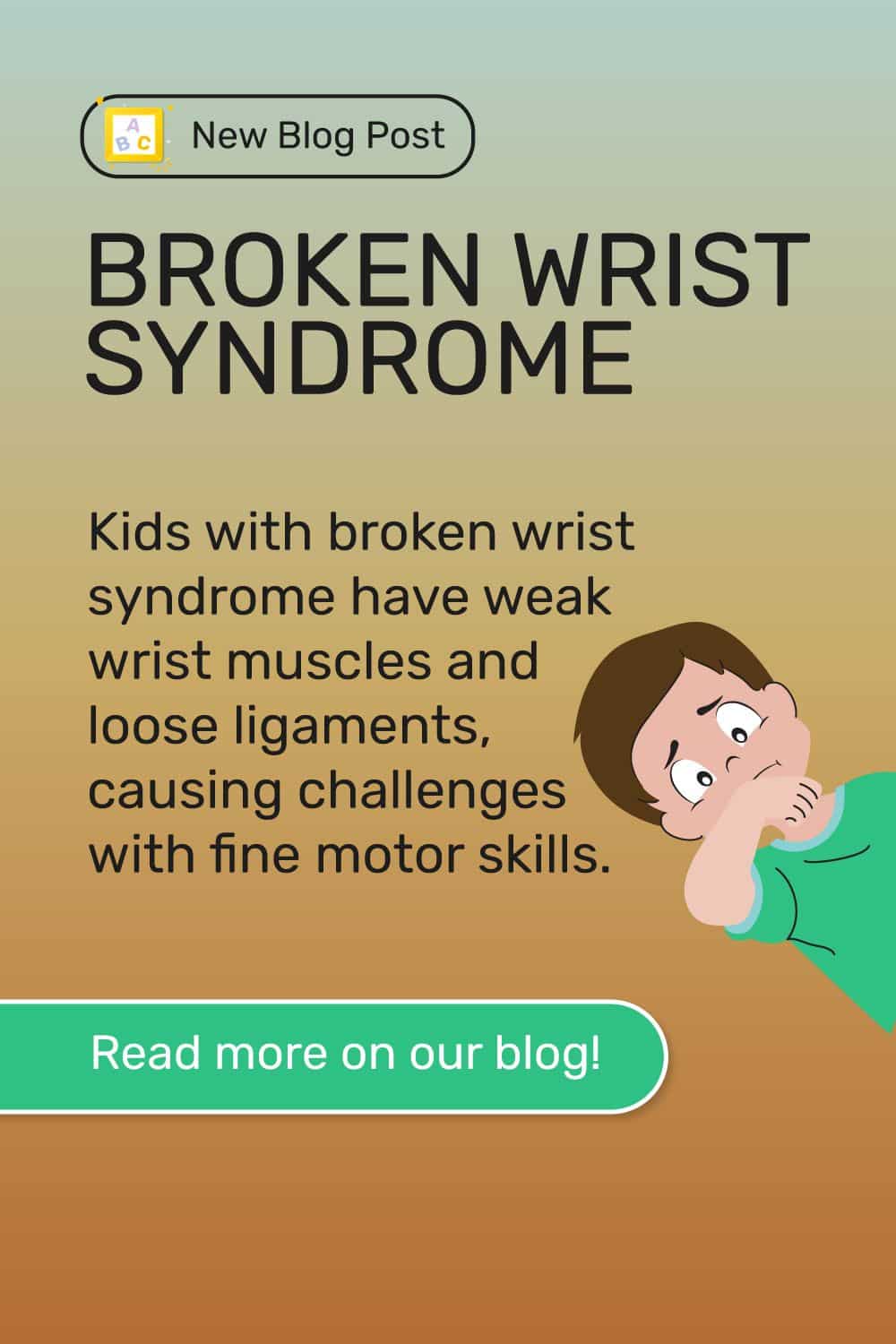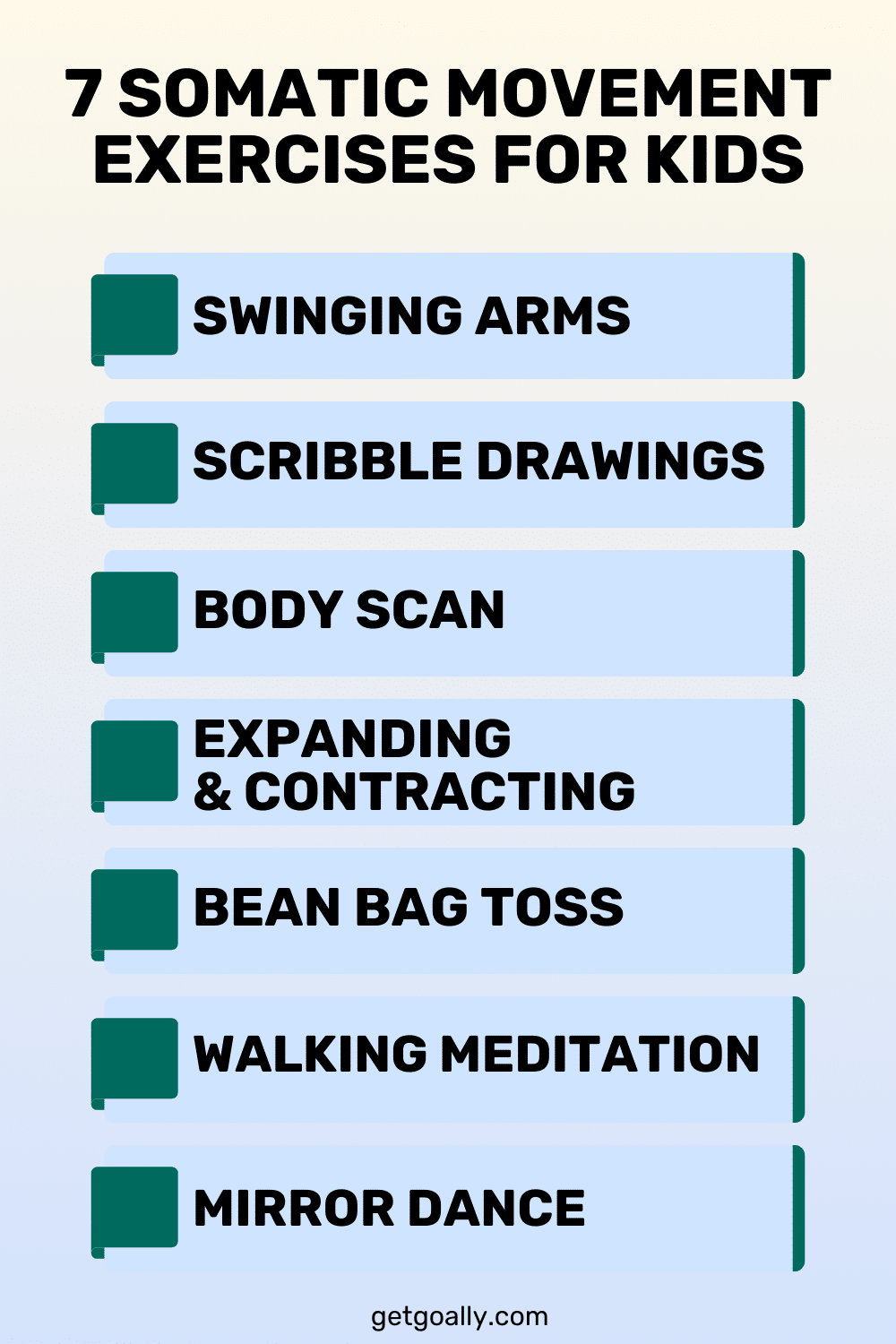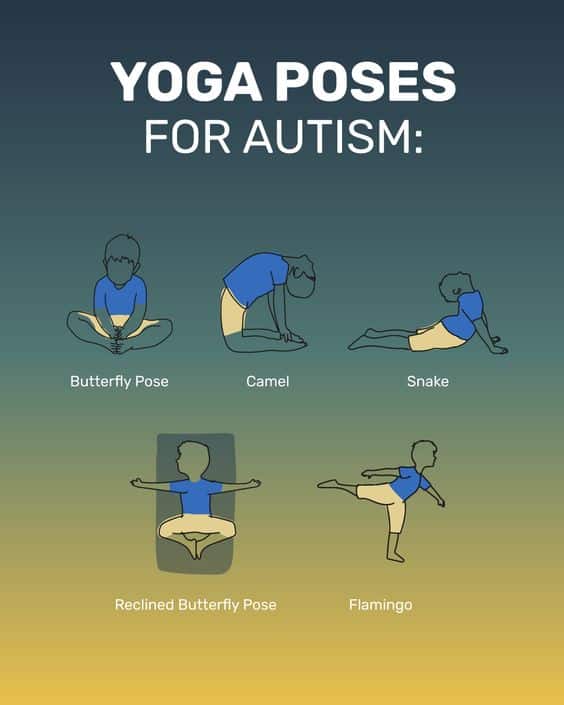Effective treatment for curvature of the spine focuses on managing symptoms, preventing progression, and promoting overall well-being. Depending on the severity and type of spinal curvature, various treatment options are available to help individuals lead active and fulfilling lives.
- Physical therapy exercises improve posture, strengthen muscles, and enhance flexibility.
- Bracing involves wearing a specially designed brace to support the spine and prevent further curvature.
- Surgery may be recommended in severe cases to correct the spinal curvature and stabilize the spine.
- Pain management techniques include medication, heat or cold therapy, and massage.
- Assistive devices like ergonomic chairs or cushions support the spine during daily activities.
The long-term prognosis for curvature of the spine depends on factors such as the type and severity of the condition, individual response to treatment, and adherence to therapeutic recommendations. With timely intervention, proper management, and support, many individuals with spinal curvature can lead active lives, manage symptoms effectively, and maintain good overall spinal health.












